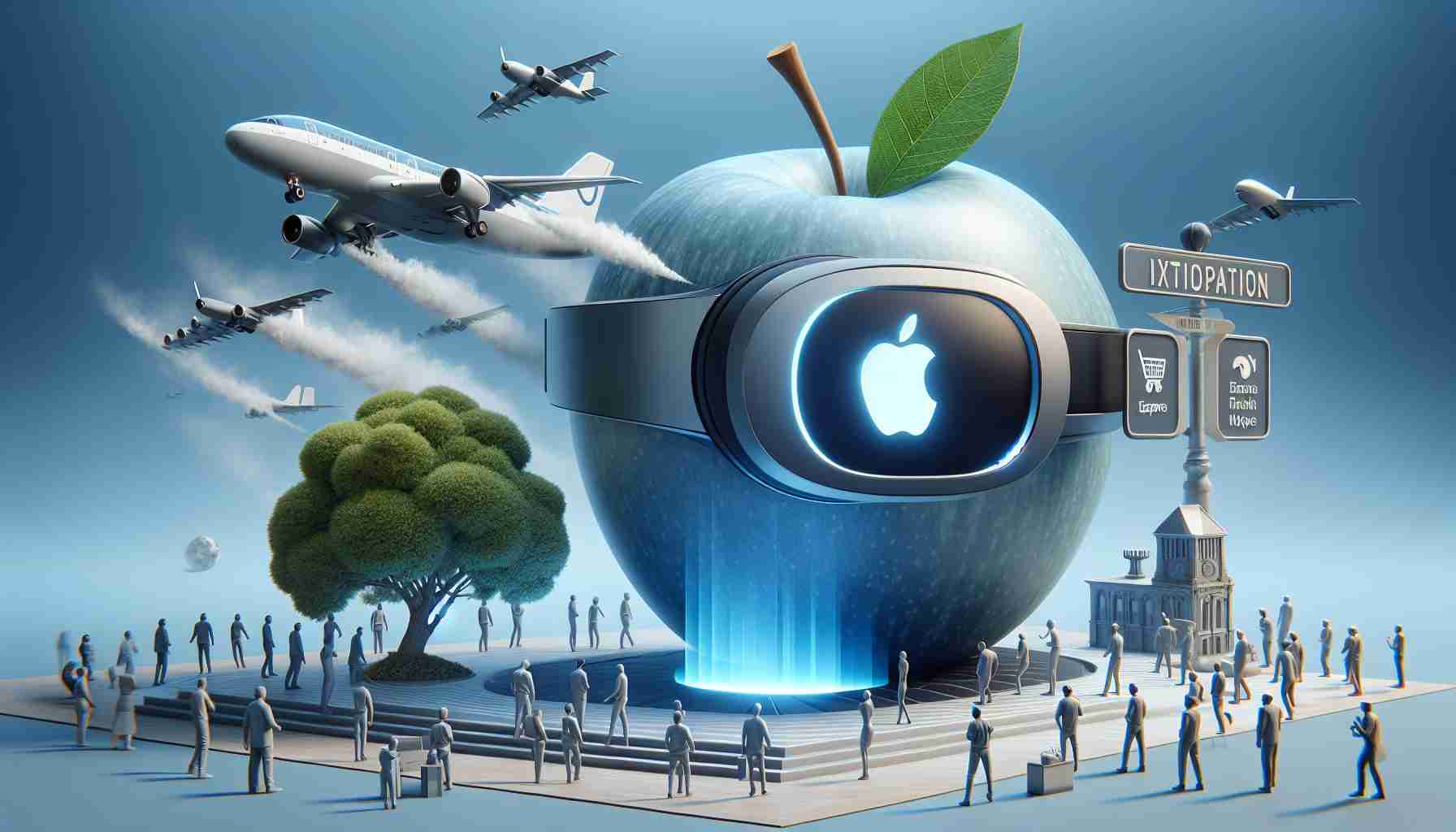Apple, known for its cautious approach, is slowly entering new markets. They wait, often giving priority to competitors until they are confident they have a surefire hit on their hands. Even by Cupertino’s high perfectionist standards, nearly a decade is a long time to wait for a groundbreaking gadget. They have been working on their two most anticipated new products for so long: the car and mixed reality glasses that combine elements of virtual and augmented reality. Each of these products stands at a crossroads, testing Apple’s renowned discipline as it enters the market.
The last major gadget introduction made by Apple was the Apple Watch nine years ago. In the same time frame, Steve Jobs introduced the iPod, iPhone, and iPad to the market, a series of revolutionary products that may never be replicated. His successor, Tim Cook, has always had to answer questions about his ability to find the “next big success” for Apple – although his successful management of the iPhone and the expansion of the company’s profitable services business has doubled the company’s stock value since Jobs’ death in 2011.
It cannot be said that Cook is sitting idly by. Under his leadership, the intensity of research and development at Apple continues to grow. Last year, R&D spending accounted for nearly 8 percent of revenues, compared to just over 2 percent ten years ago.
This reflects the increased spending on existing mobile platforms as Apple has taken over the development of most of the technological core of its products, from integrated circuits to advanced software. Bringing generative artificial intelligence to their devices is the latest frontline – although, as usual, Apple does not reveal how it plans to use this technology. However, if the smartphone accounts for most of the R&D spending growth, long-term projects related to new computing platforms like mixed reality glasses and cars don’t come cheap.
The long-awaited Apple car is the most intriguing of the two, and according to Bloomberg, its potential premiere has been pushed back to 2028. It has never been easy to see how Apple could gain a clear advantage in such a slow and capital-intensive market. In recent months, as companies in the autonomous car industry have experienced delays and failures, the prospect of Apple capitalizing on the wave of new technology seems even more distant.
The automotive industry also poses challenges to Apple’s highly profitable business model. Market-leading electric vehicle manufacturer Tesla achieved a gross margin of over 30 percent in 2021. However, higher interest rates and increasing competition have caused Tesla’s margin to drop below 18 percent. Comparing this to Apple’s gross margin in a much less cyclically sensitive industry, which reached nearly 45 percent last year.
Meanwhile, the first Apple mixed reality glasses, Vision Pro, will hit the market next week. They come with extremely low sales expectations for a landmark product from a company that has a reputation for defining important new technology markets for consumers. This is due to supply constraints in the short term but also to the undeniably high price – $3,499 (€3,220), which is too high for most people.
The usability benefits were highly praised last year after very limited and highly controlled “hands-on” tests, but the technology still has a long way to go. The glasses will come with an external battery, and early reviews suggest that they are heavy to wear.
It is also not clear what buyers would use them for. Apple has emphasized the potential of the Vision Pro as a work tool – although it has also promoted it as an entertainment device and a way to create and watch 3D movies. The decision of major entertainment companies such as Netflix and Spotify not to release apps for the new device at launch may also limit its appeal.
Therefore, it is still difficult to consider the Vision Pro release as too early. However, it is never easy to predict how widely adopted computing platforms will be on the market or what gaps they will fill in users’ lives. When he first introduced the iPhone, Jobs described it as the perfect device for three things: making calls, browsing the internet, and listening to music – the App Store was not yet part of that equation.
Regardless, the time for Vision Pro has come. But it seems that it will be a long-burning product, and it is too early to say whether it will become a significant new computing platform or remain a niche for Apple super fans.
FAQ Section
The source of the article is from the blog shakirabrasil.info
